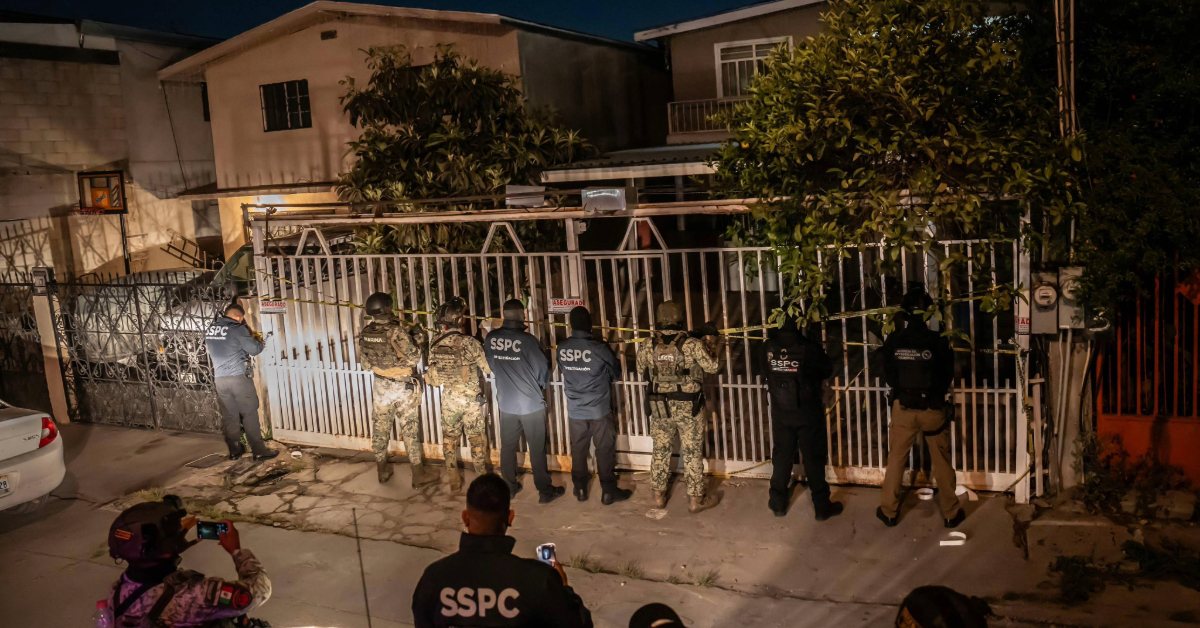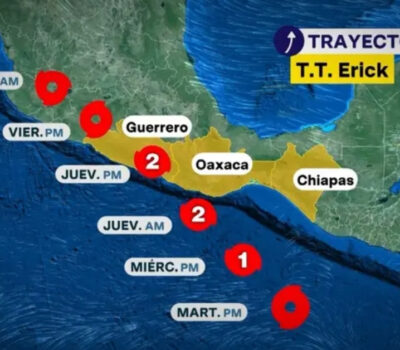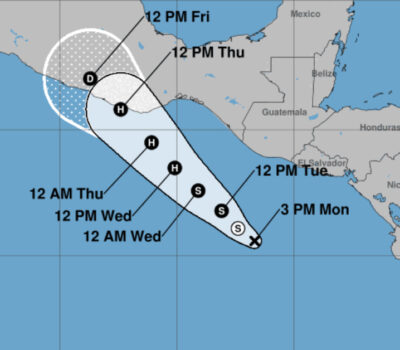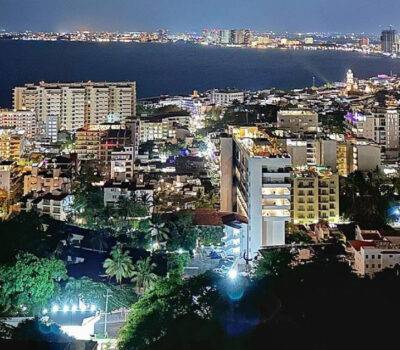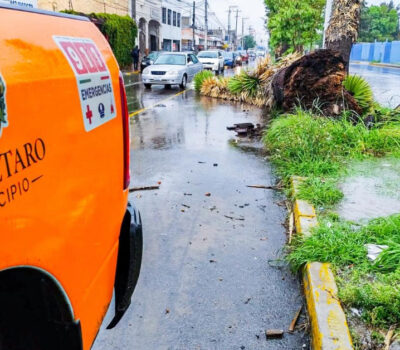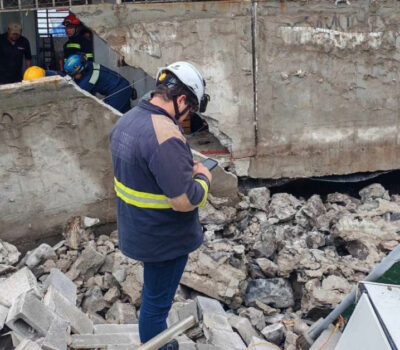A 700-meter drug tunnel was uncovered near the Otay Port of Entry in a joint Mexican-U.S. operation. Authorities suspect ties to organized crime.
A sophisticated tunnel presumed to be used for drug trafficking was uncovered last Tuesday, June 17, during a joint operation by Mexican and U.S. authorities at a private residence near the Otay Port of Entry, one of the busiest land border crossings between Mexico and the United States.
Stretching approximately 700 meters in length, the tunnel connects a two-story home in the Nueva Tijuana neighborhood—specifically at the intersection of Macedonio Alcalá and Gustavo Campa streets—with warehouses on the U.S. side of the border. Authorities believe the tunnel was engineered for covert smuggling operations, though the duration of its use and the nature of goods transported through it remain under investigation.
The discovery came after U.S. officials detected irregularities in the area but were unable to pinpoint the tunnel’s exit on their side. Acting on this intelligence, they contacted Mexico’s Attorney General’s Office (FGR), which coordinated the subsequent search operation.
Mexican security forces—including elements from the National Guard, the Secretariat of Security and Citizen Protection (SSPC), and the Ministry of National Defense (Sedena)—participated in the operation that led to the seizure of the property. No arrests were reported in connection with the raid.
Víctorino Porcayo, the FGR delegate in Baja California, personally oversaw the inspection at the site. According to officials, forensic and structural analysis of the tunnel is ongoing as authorities work to determine its full capabilities, design, and potential links to organized crime groups operating along the border.
The sheer sophistication of the underground passage—its size, reinforced construction, and alignment—points to a coordinated effort likely involving experienced criminal networks. While no formal accusations have been made, the tunnel is being treated as part of a broader investigation into international drug trafficking operations.
Clandestine tunnels have long been a feature of the Tijuana-San Diego corridor, which is considered one of the most active drug trafficking zones in the world. This latest find adds to a growing list of such discoveries, each highlighting the evolving tactics of transnational criminal organizations seeking to bypass traditional border enforcement.
The Attorney General’s Office has not disclosed whether the tunnel connects to any previously discovered smuggling routes or known criminal cases. Efforts are now focused on mapping the tunnel’s entire path, tracing its construction timeline, and identifying individuals or groups behind its development.
As of now, both Mexican and U.S. agencies are collaborating closely to share information and strengthen surveillance on both sides of the border. With no arrests made, authorities acknowledge that much remains unknown—especially regarding how long the tunnel has been in operation and the volume of contraband possibly moved through it.
Investigators are also working to determine if the house used as the tunnel’s entry point had been under observation before the operation or if it was specifically constructed for this purpose. The location within a residential area has raised alarms among local residents and prompted calls for increased security and transparency in border neighborhoods.
The joint operation marks yet another chapter in the ongoing battle against organized crime in northern Mexico, where authorities regularly encounter increasingly advanced methods of evading law enforcement. The presence of a tunnel of this scale so close to a major port of entry underscores the persistent challenge of securing the border against illicit trade.
Further details will be released as the investigation unfolds.
A 700-meter drug tunnel was uncovered near the Otay Port of Entry in a joint Mexican-U.S. operation. Authorities suspect . . .

